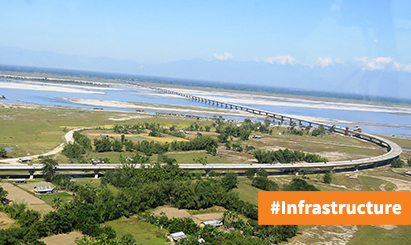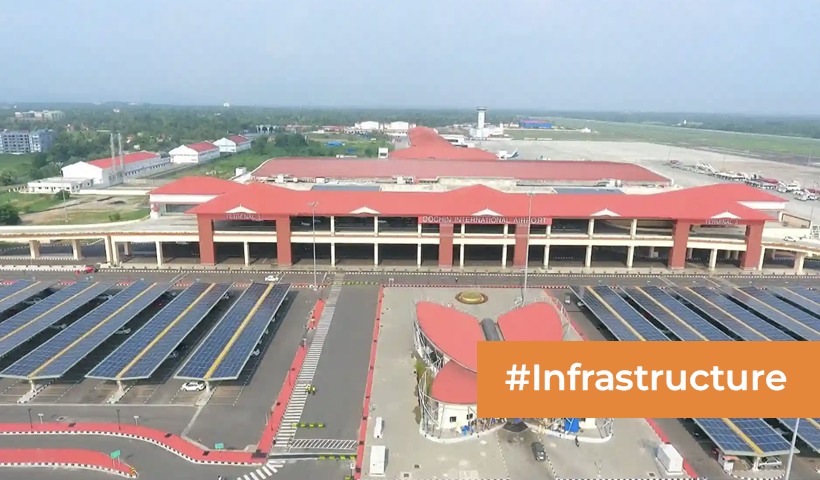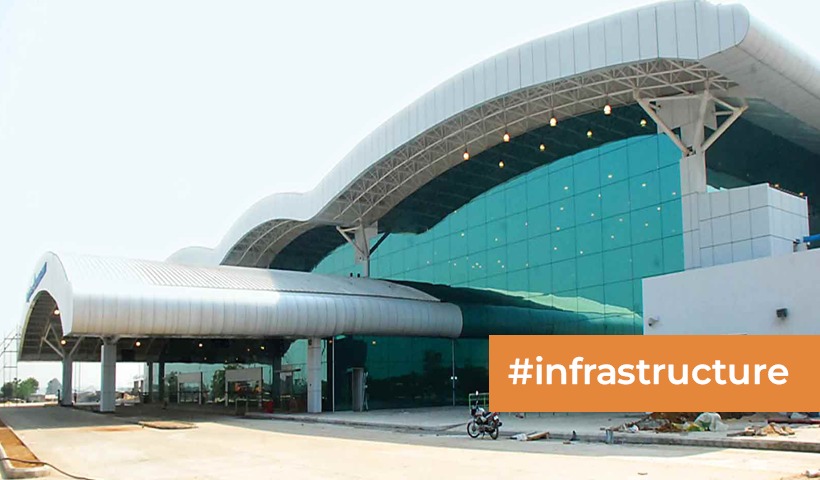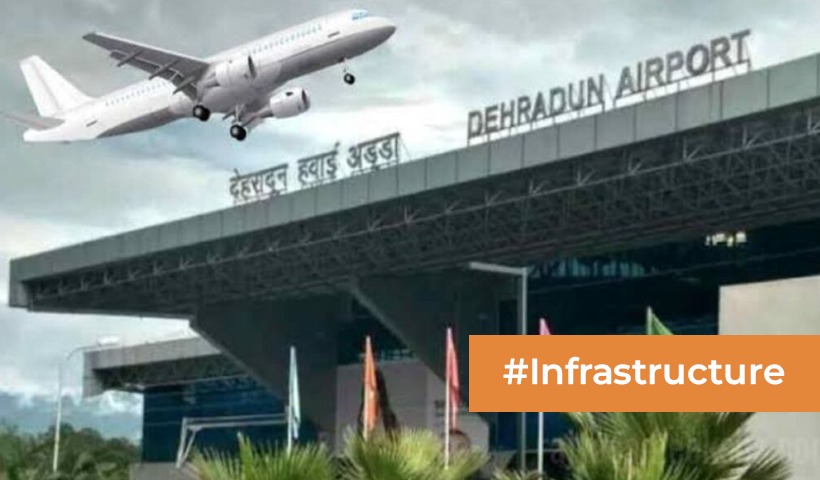All About the Environmentally Friendly Navi Mumbai Airport
By the end of 2024, the Navi Mumbai Airport might be operational.
The airport’s commercial operating date is currently set for December 31, 2024.CIDCO, which owns a 26% stake in the Navi Mumbai Airport project, has ‘nearly’ finished its portion of the work, according to Mukherjee, while the concessionaire, Navi Mumbai International Airport Ltd (NMIAL), began its portion on August 4, 2021. The senior official’s announcement comes more than a month after a government-appointed expert panel recommended that the long-delayed Navi Mumbai Airport project be given a second environmental approval. During a meeting on October 8, 2021, the expert appraisal committee (EAC) constituted by the Union environment minister made this observation.
What are the benefits of Navi Mumbai Airport on the Real Estate Market?
The NMIAL would not only relieve the strain on Mumbai’s Chhatrapati Shivaji International Airport (CSIA), a single-runway airport in India’s financial capital that handles over 25% of all air traffic, but it would also boost Navi Mumbai real estate, which has seen a downward trend in housing sales year after year.
Despite being a hotbed of affordable real estate nestled among scenic beauty, Navi Mumbai real estate hasn’t gotten the attention it deserved when plans to build a city parallel to the country’s commercial nerve center Mumbai were first made in the 1970s when it became clear that the space-starved Maximum City was on the verge of a population explosion.
According to statistics, only 15,533 properties were sold in the 25 important Navi Mumbai neighborhoods in 2019, compared to 16,787 in 2017. On the other hand, over 34,000 housing units remained unsold in Navi Mumbai marketplaces.
A brand-new airport would have a significant influence on the Navi Mumbai housing market by increasing the area’s commercial value, especially through creating job possibilities. The NMIAL would generate work possibilities for up to four lakh people once operations begin. This burgeoning workforce will purchase and rent properties in the surrounding suburbs, driving up demand for rental and residential real estate in Navi Mumbai.
Once the Navi Mumbai Metro is operational (which is expected in August 2020), demand for property in this region will rise, even more, resulting in a rise in prices. Similarly, the Mumbai Trans Harbor Bridge, which will greatly shorten travel times between Navi Mumbai (Nhava Sheva) and South Mumbai (Sewri), would increase the independent city’s real estate, which was placed second in the government’s ease of living rating in 2018.
Disclaimer: The views expressed above are for informational purposes only based on industry reports and related news stories. PropertyPistol does not guarantee the accuracy, completeness, or reliability of the information and shall not be held responsible for any action taken based on the published information.




